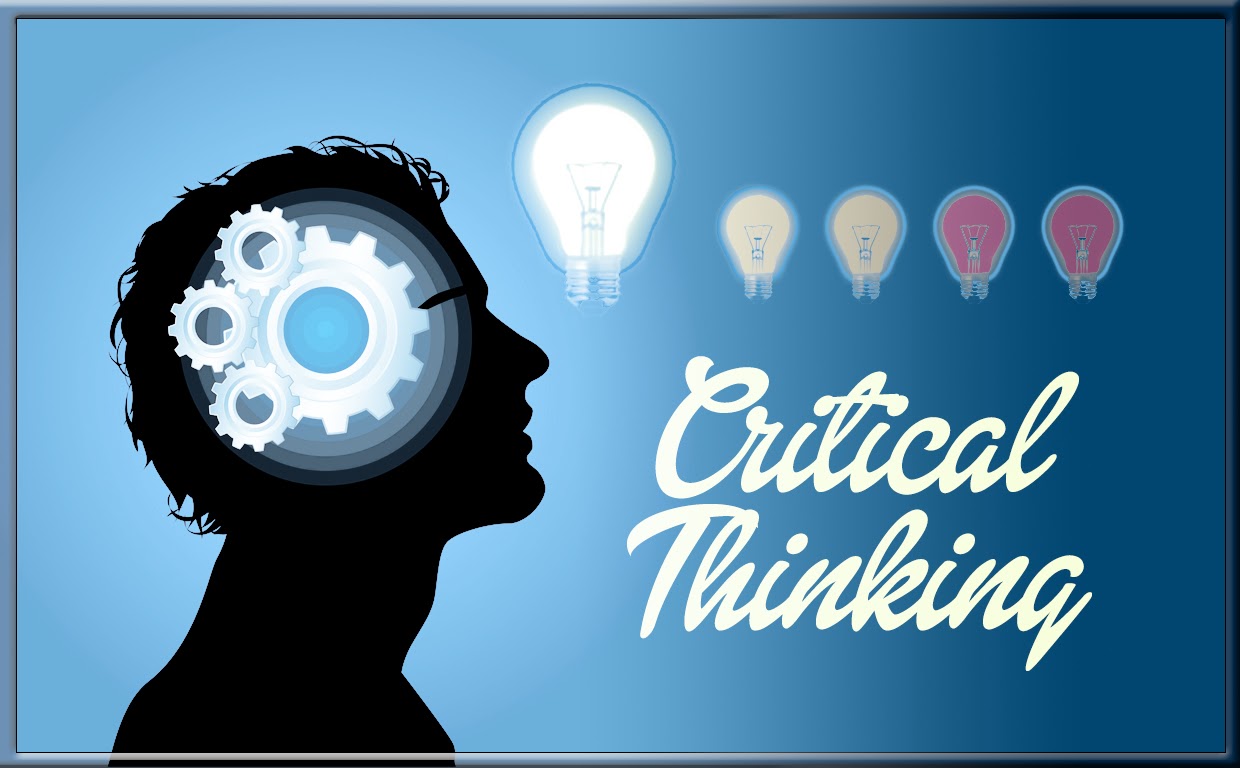ADVERTISEMENT
Did you know that Napoleon Bonaparte was not short? Or that chameleons don’t change color to disguise themselves? or that a person has more than five senses? Napoleon, at 173 cm tall, was tall compared to men of his time, whose average height was 168 cm. The chameleon changed its color for communication, such as expressing mood, state of aggression, defending its place, and mating. Also, a person possesses between 9 to 20 senses or more, and the five basic senses are hearing and sight. smell, taste, and touch, but humans can also sense pressure, balance, time, acceleration, pain, and others.
A person grows with a set of beliefs and information that he learns from his surrounding environment, at school, within the family, and within the circle of friends. This information may not necessarily be correct or accurate, but a person bases his perceptions of life on it. Here lies the danger of that stereotypical or emotional thinking that favors the familiar over the unfamiliar, the familiar over the strange, and the known over the unknown, which may put the individual in a circle of misconceptions that negatively affect his personal and professional life.
Many scientists and philosophers have become aware of the danger of this type of thinking since ancient times and laid the foundation for what is called critical thinking to bring man out of the darkness of the usual thinking patterns and into the light of the agility and flexibility of thinking.
What is “critical thinking”?
Before defining critical thinking, let us put aside the negative image of destructive, embarrassing, or negative criticism that only aims to show the mistakes of others and prove the correctness of the personal point of view, regardless of its correctness. expanding our horizons and acquiring multiple points of view that may objectively correct our concepts, establish them, or prove them wrong.
ADVERTISEMENT
Several definitions of critical thinking have been developed, which is generally the analysis of facts (rational, skeptical, or objective analysis) with the aim of making a judgment or reaching a conclusion. Critical thinking stems from the self and is monitored and self-corrected by the individual. Critical thinking involves communication and problem-solving skills, a commitment to avoiding self-centeredness, and openness to others.
What are the categories of critical thinking?
Critical thinking is based on rational logical thinking that breaks things down into intuitive components, and it has recently been classified into three types:
1. Deduction
Deduction is reaching a conclusion based on the premises of the argument. Example:
- Introduction to the first argument: Ali is a human being.
- Introduction to the second argument: Every human being has a nose.
- The result: Ali has a nose.
2. Induction
Induction is arriving at a conclusion by following a pattern implied by the strictness of the structure of the argument to which it applies. Example:
- The sum of even integer numbers is an even number.
- So the sum of 12 + 16 = 28, which is an even number.
3. Abduction
Exclusion is the conclusion that a conjecture is likely to be correct without certain prior information. Example:
- On my site, I see some yellow cows.
- So all cows are yellow.
What are the characteristics of critical thinking?
Critical thinking has many characteristics, including:
- Curiosity and curiosity in a variety of subjects (we do not intend to invade the privacy or feelings of others, nor do we intend to follow or follow their news!)
- A desire to remain informed
- Pay attention to opportunities to apply critical thinking.
- Self-confidence in the ability to think logically
- Openness to differing opinions
- Flexibility to think of alternative ideas
- Understand the opinions of others.
- Trying to predict the outcome of future events
- Honesty in the face of personal biases and self-inclinations that affect the issuance of judgment or access to the result
What are critical thinking skills?
Critical thinking is an advanced process that requires many skills. Professor Emeritus Robert Ennis summarizes these skills as follows:
- Focus on the question.
- Controversial analysis
- Ask clarifying questions and answer them.
- Judging the reliability of the information source
- Understanding of graphs and mathematics
- Comprehend and judge feedback reports.
- Application of the knowledge gained
- Judging unfounded assumptions
As for the researchers, Udall and Daniels, they divide critical thinking skills into three groups:
1. Inductive thinking skills, including:
- Determine cause-and-effect relationships
- The ability to deduce
- Identify information related to the issue at hand.
- Formation of a network of relationships with the parties to the subject
2. Deductive thinking skills, including:
- Use logic
- Identify inconsistencies in the issue at hand.
3. Evaluative thinking skills, including:
- Determine the essence of the issue at hand.
- Expect results
- Make backup plans.
- Separate opinions from facts
- Verify the credibility of the source of the information.
Are there criteria for critical thinking?
It is clear from the group of skills listed above that critical thinking relies on criteria, the most important of which are accuracy, clarity, analysis, precision, attachment, depth, fairness, and objectivity. These standards can be acquired by developing skills through training in solving problems regardless of their nature, practicing mathematical equations, drawing a mental map of the dissertation or argument so that related issues emerge from it, identifying facts and opinions, developing sources whose credibility can be verified, and practicing understanding the essence of the argument from within the details. the many.
What are the stages of critical thinking?
The critical thinking process consists of 6 stages:
1. Knowledge
Knowledge puts you on the right path to solve the problem from its inception, and here you must get to know the controversy or problem that needs to be solved and raise deep questions that raise the essence of the issue.
2. Assimilation
Once the problem is identified, the next step is to understand it, get the facts, gather information about it, and determine the deadline for a solution.
3. Application
You can use mind maps at this stage to analyze the problem, build relationships around its core, and decide the best way forward.
4. Analysis
Once information is collected and relationships are built, the stage of analyzing it begins in order to identify strengths, weaknesses, and challenges.
5. Installation
After analyzing the problem completely, it is necessary to decide how to solve it and take the first steps towards a solution. If more than one solution is found, prioritize the solutions to find the shortest one.
6. Implementation
The final step is to create an evaluation to begin implementing the procedure, and there is no objection to forming a work team to solve the problem, with the requirement of developing a coordination plan.

Where can you employ critical thinking skills?
Critical thinking is an indispensable life skill in your personal life or work. For example, you can apply your critical thinking skills to solve the problems “Why is my friend angry?” or “How do I deal with my bossy boss?” or “Should I change my job or stay in it?” by setting out the possible reasons for anger in the case of a friend, or ways to deal productively with the bossy boss, or detailing the advantages and disadvantages of work in the event of a career change.” You can also apply critical thinking to breaking thinking patterns and correcting misinformation, as we explained at the beginning of the topic. In conclusion, critical thinking is rooted in every hour and minute of our lives.
Read also: Top 10 essential applications for each marketer



